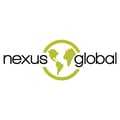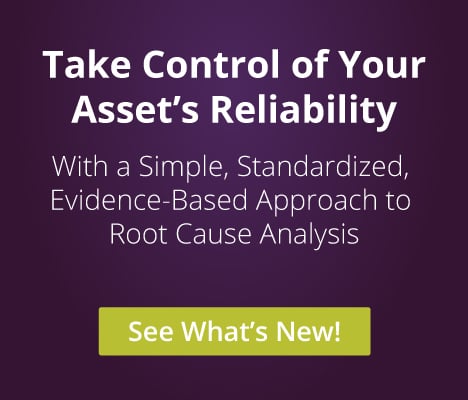Efficiency and Effectiveness: Know the Difference
Professional and personal tasks for managers are often similar. In both settings, managers organize, direct, coach, supervise, and at times, discipline. One of the other common tasks for managers is budgeting and metrics.
It is important that managers understand what to manage, why it’s important, and how to do it. This is where efficiency and effectiveness come in. By understanding the difference between these two concepts, managers can achieve success.
Efficiency and effectiveness are not the same thing. Efficiency is defined as the ability to accomplish something with the least amount of wasted time, money, and effort or competency in performance. Effectiveness is defined as the degree to which something is successful in producing a desired result; success. Managers need to appreciate the way each affects an organization.
To illustrate the differences among efficiency, effectiveness, and other measures, I’ll use my typical annual activities.
Efficiency Measures
One measure of maintenance efficiency is Total Maintenance Costs compared to Replacement Asset Value (RAV). Some refer to this as Equipment Replacement Value (ERV). It is defined as the monetary value that would be required to replace the current assets in the organization. It includes production and process equipment, as well as utilities, support, and all related costs.
For example, over the past year I have had some maintenance expenses. My current RAV is $425,000. Here are my home maintenance expenses for the past 12 months:
- Plumbing = $1,835
- Road repairs = $185
- Mailbox replacement = $160
- Paint the dining room = $75
- Replace light bulbs with LEDs = $150
- Install security system = $600
- Replace roof = $9,400
- Replace Freon = $225
- Replace seal on sauna = $400
Total: $13,030
Based on these expenses, the ratio of total maintenance costs to RAV is 3.1% (divide Total Cost ($13,030) by RAV ($425,000) and multiply by 100). This is important because by understanding the costs associated with maintaining assets, managers can determine the best methods to get a company’s RAV ratio down to 3%, then 2%, and finally 1% of maintenance cost as a percentage of RAV in order to reach operational and maintenance success.
Managers are responsible for determining the most appropriate mix of physical asset policies, work management, and reliability improvement processes to reduce the costs of non-value added or recurring expenses.
In my example, some expenses might be considered capital expense or improvements. Such as, I won’t replace my roof annually, but there are recurring maintenance costs that I can control like purchasing a higher quality shingle.
Another measure of maintenance efficiency is Corrective Maintenance (CM) versus Preventive Maintenance (PM). Evaluating total maintenance costs to RAV does not naturally give enough detail to identify where costs are applied. Total man-hours spent on CM versus PM can help managers determine if maintenance practices are effective at preventing unscheduled downtime and reducing CM.
The percentage of work planned as opposed to emergency or corrective repairs is also an effective measure. Remember that emergency work is typically three-four times more expensive than planned work.
PM/CM compliance is a measure that follows closely with CM vs. PM ratios and a good measure for efficiency. The purpose of the PM is to schedule activities so technicians can spot deficiencies before they evolve into more costly problems. So it is important to complete these PMs and to do so them on time. CM includes maintenance done to return items to proper condition. Consider my home PM/CM compliance for April:
- PM — Make coffee; done 27/30 days
- PM — Pick up garbage weekly; 4/4
- PM — Mow lawn weekly; 3/4
- PM — Change oil quarterly; 1/1
- PM — Clean garage annually; 0/1
- CM — Wash laundry as required; 4/5
- CM — Wash truck; 1/1
- CM — Power-wash house; 1/1
- CM — Vacuum; 0/5
My PM/CM compliance was 78.85% (divide days task completed (41) by days task scheduled (52) and multiply by 100). Why is this important? What are the consequences of failure by not achieving my schedule compliance? Not making coffee, for example, just means I don’t get my morning jolt. Missing a week of cutting lawn means I have an unusually high grass that probably needs to be cut twice. It’s essential that managers understand the consequences when deciding whether to perform PM or CM or defer the task.
Discover more ways to achieve efficient and effective success with Asset Performance Management (APM).
Topics: Article, Leadership

Posted by
Nexus Global
Recognized globally, across various industries, for delivering sustainable solutions that optimize both the organization’s assets and processes to yield a ROI of 10:1 or greater. Nexus Global Business Solutions, Inc. has been a worldwide leader in asset performance management and maintenance consulting, coaching and training for 15+ years.



